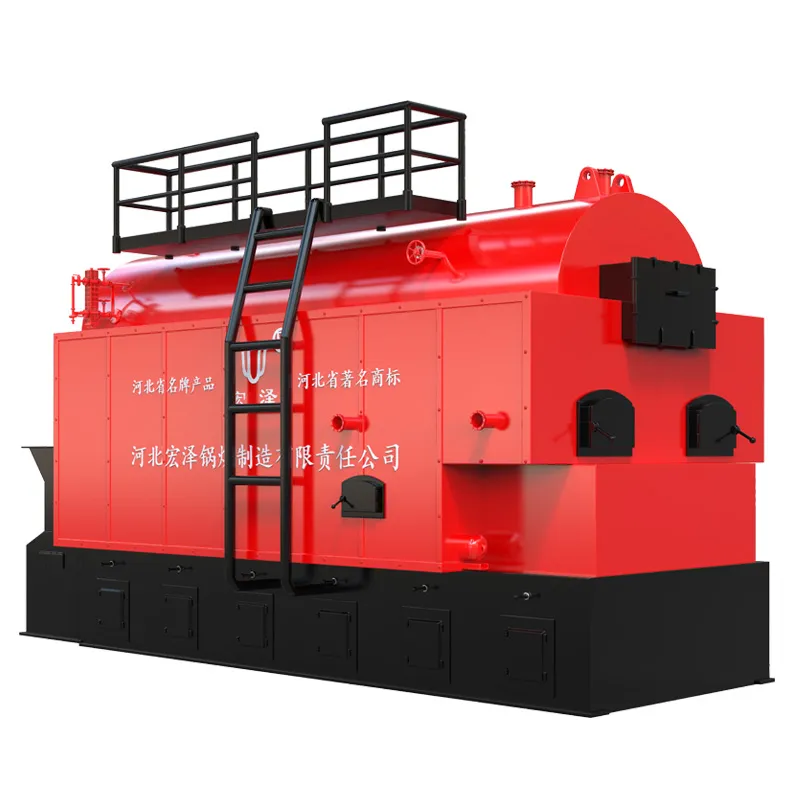
Nov . 02, 2024 07:02 Back to list
hot water boiler schematic diagram
Understanding Hot Water Boiler Schematic Diagrams
Hot water boilers are integral components of heating systems, commonly used in residential and commercial buildings. Understanding a hot water boiler schematic diagram is essential for anyone involved in heating system installation, maintenance, or troubleshooting. A schematic diagram provides a visual representation of the components, connections, and flow of the system, facilitating easier analysis and comprehension of how the boiler operates.
Components of a Hot Water Boiler
A typical hot water boiler schematic diagram includes several key components
1. Boiler Body This is the primary unit where water is heated. It consists of a furnace, heat exchanger, and water tank.
2. Heat Source The boiler can be fueled by various sources, including natural gas, oil, electricity, or solid fuels. The schematic will indicate how the heat source integrates with the boiler.
3. Pumps Circulator pumps are crucial in hot water systems, as they help to move water throughout the heating system. The diagram will show the placement of the pump and its connections.
4. Expansion Tank This component accommodates the increase in water volume as it heats up. It is vital for maintaining system pressure and preventing damage.
5. Thermostat The thermostat regulates the temperature of the water and signals the boiler when to turn on or off. The schematic illustrates its connection to the boiler controls.
hot water boiler schematic diagram

6. Valves Various valves like check valves, relief valves, and zone valves are represented in the diagram. These control the flow of water, ensure safety, and allow for zoning within the heating system.
7. Piping The schematic will detail how the pipes connect each component. Understanding the layout will help in diagnosing system issues or during installation.
8. Air Vents These are crucial for allowing air to escape from the system, which can prevent issues like air locks that hinder water circulation.
Flow Paths and Operation
The flow of water in a hot water boiler system is a critical aspect depicted in the schematic diagram. Water typically flows in a closed loop it is heated in the boiler, circulated through the radiators or heating elements, and then returned to the boiler. Understanding this flow path is essential for diagnosing any inefficiencies or malfunctions.
The schematic may also highlight important safety features such as the pressure relief valve, which prevents dangerous pressure build-up within the system. It’s important to recognize these safety aspects when maintaining or troubleshooting the system.
Conclusion
A hot water boiler schematic diagram is not just a technical drawing; it serves as a roadmap for understanding the complexities of heating systems. By familiarizing oneself with the components and their functions, professionals and homeowners can better manage their heating needs, ensure optimal efficiency, and maintain safety. Whether you are a technician working on system repairs or a homeowner seeking to understand how your heating system functions, a reliable comprehension of a hot water boiler schematic diagram is invaluable.
-
High Efficiency Gas Fired Thermal Oil Boiler for Industrial Heating
NewsJul.29,2025
-
High-Efficiency Gas Fired Hot Water Boiler for Sale – Reliable & Affordable
NewsJul.29,2025
-
High Efficiency Biomass Fired Hot Water Boiler for Industrial and Commercial Use
NewsJul.29,2025
-
High-Efficiency Biomass Fired Hot Water Boiler for Industrial Use
NewsJul.28,2025
-
High Efficiency Coal Fired Hot Water Boiler for Reliable Heating
NewsJul.28,2025
-
High Efficiency Coal Fired Thermal Oil Boiler for Industrial Heating
NewsJul.26,2025
Related PRODUCTS






















